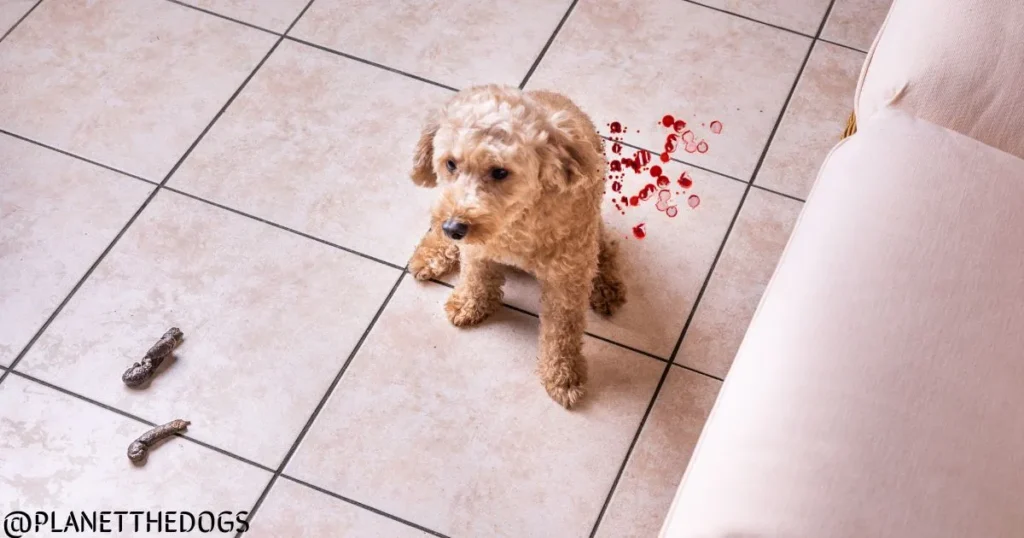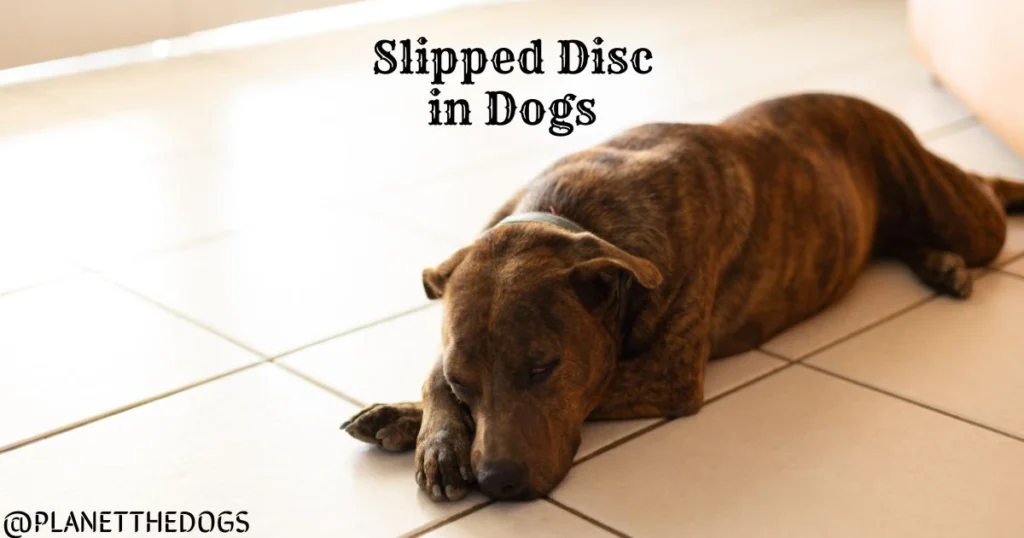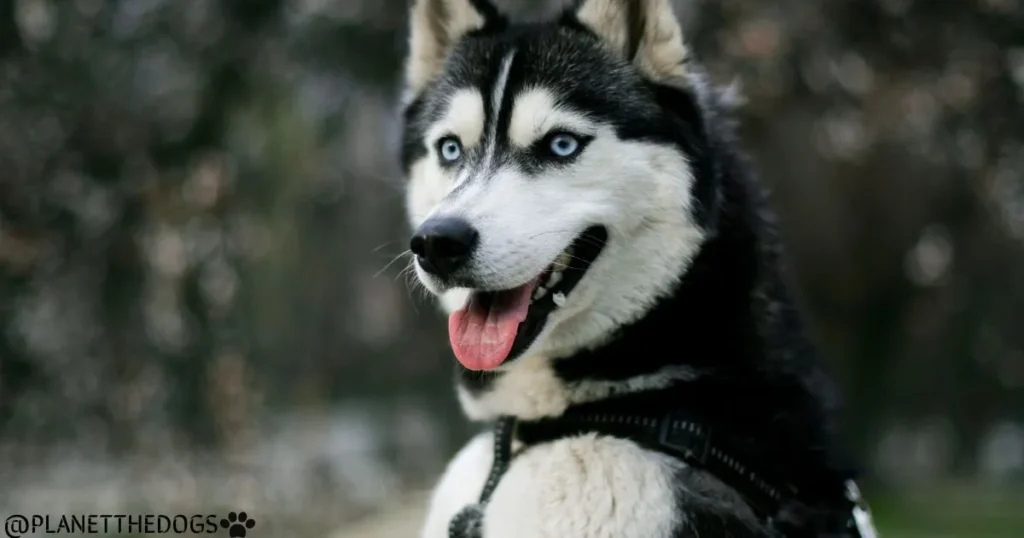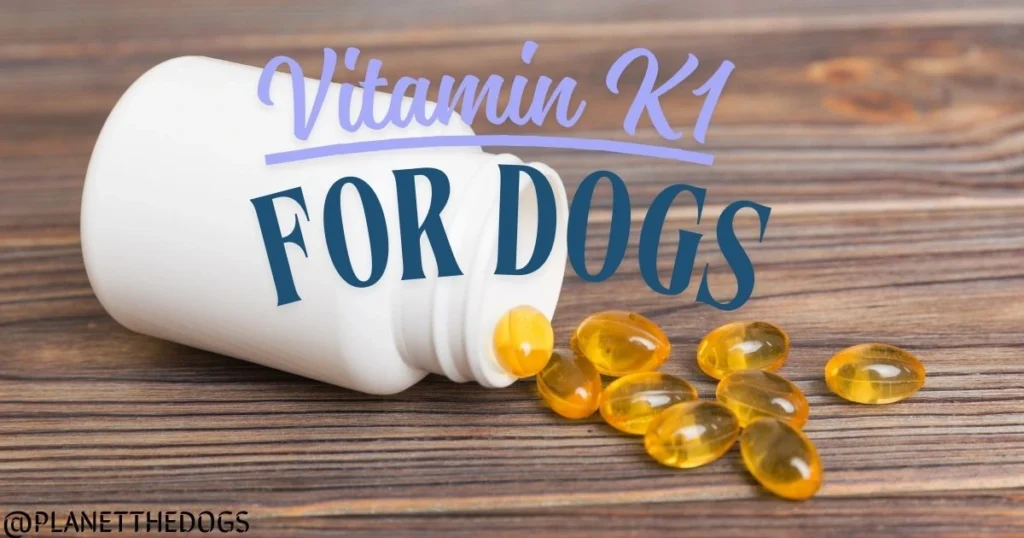Eye Problems in Dogs: A Comprehensive Guide
Eye problems in dogs are fairly common, and while some may be mild and treatable at home, others can pose a significant threat to your dog’s vision. Recognizing the symptoms early can help you take appropriate action and prevent further complications. This guide will explore the various types of eye problems that dogs may encounter, how to recognize them, and how to manage them effectively.
Table of Contents
Parts of a Dog’s Eye Commonly Affected
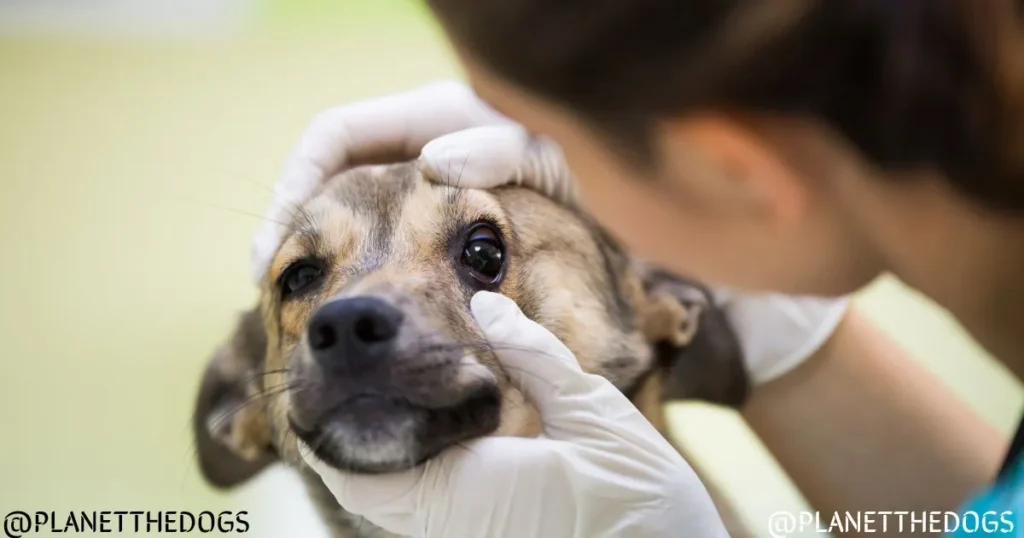
The following areas of your dog’s eye can be affected by different conditions:
- Cornea: The clear, front part of the eye.
- Eyelids: The outer protective covering of the eye.
- Conjunctiva: The moist pink tissue under the eyelid and around the eye.
- Sclera: The white part of the eye.
- Lens: The clear structure located behind the pupil, responsible for focusing light.
- Retina: The back part of the eye that receives light and sends signals to the brain.
If you notice any unusual behavior or symptoms in your dog’s eyes, it’s important to consult with a veterinarian right away.
Common Dog Eye Problems
Dog Eye Infections
Eye infections in dogs can affect various parts of the eye and are typically caused by bacteria, viruses, or fungi.
Symptoms to watch for:
- Yellow, green, or red discharge.
- Swollen eyelids or crusting.
- Red and swollen conjunctiva.
- Squinting or keeping the eyes closed.
Treatment: Your vet may perform an eye stain test to check for damage to the cornea. Treatment usually involves antibiotic eye drops, and if the infection is severe, oral antibiotics may be prescribed. For more information on dog eye infections, refer to PetMD’s guide on dog eye problems.
Cherry Eye
Cherry eye occurs when the tear gland in the third eyelid becomes displaced and swells up, appearing as a pink or red mass. This condition is more common in certain breeds such as Bulldogs, Pugs, and Newfoundlands, but it can affect any dog.
Treatment: Mild cases may resolve with anti-inflammatory eye drops, but surgery is often required to reposition the tear gland. However, surgery does not guarantee the problem won’t return. For more details, visit AKC’s guide on eye disorders.
Glaucoma
Glaucoma in dogs is caused by increased pressure inside the eye, which can lead to vision loss if not treated early.
Symptoms:
- Redness in the eyes.
- Swollen or bulging eyes.
- Cloudiness in the cornea.
- Painful eyes.
Treatment: The treatment for glaucoma typically involves medication to reduce eye pressure. In severe cases where medication doesn’t help, surgery or even enucleation (removal of the affected eye) may be recommended. Dogs can live comfortably with one eye. Prompt veterinary care is essential to preserve vision.
Conjunctivitis (Pink Eye)
Conjunctivitis is the inflammation of the conjunctiva, often caused by a bacterial infection, allergies, or viruses.
Symptoms:
- Red or bloodshot eyes.
- Discharge from the eyes (green or yellow).
- Squinting or rubbing the eyes.
Treatment: Your vet will prescribe antibiotic eye drops or ointment, and sometimes steroids to reduce inflammation. Most cases clear up within a week.
For more details on how allergies affect your dog’s eyes, check out our article on allergies in dogs.
Cataracts
Cataracts are a common eye issue in older dogs and can lead to cloudy vision, ultimately resulting in blindness.
Symptoms:
- Cloudy or hazy eyes.
- Difficulty seeing, especially in low light.
- Changes in behavior due to vision impairment.
Treatment: Surgery is often required to remove the cataracts and restore vision, though not all dogs are suitable candidates. Managing underlying conditions like diabetes may help slow cataract progression.
Other Eye Conditions in Dogs
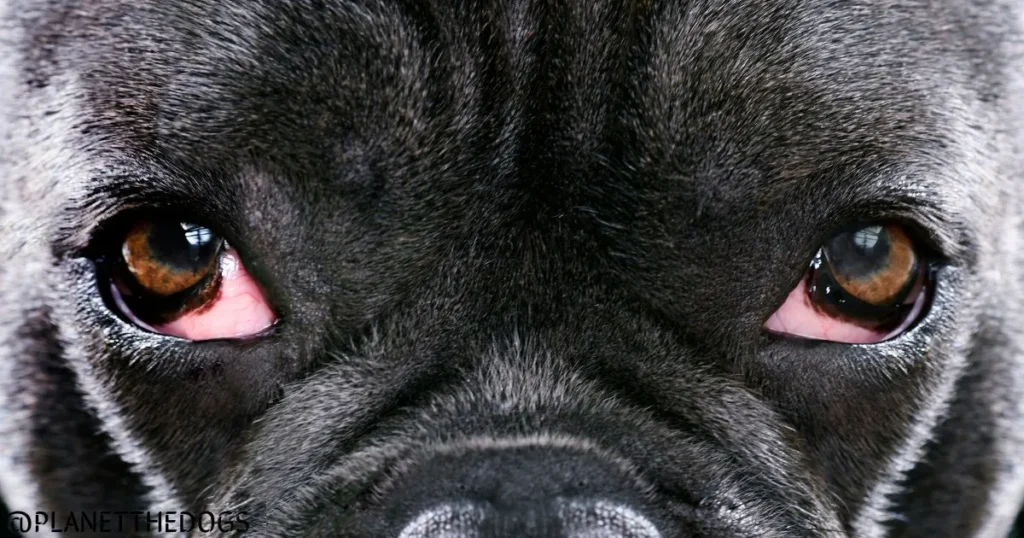
- Ectropion: A condition where the lower eyelid droops outward, leading to dry eye and irritation. It’s most common in breeds like Bloodhounds and Bulldogs.
- Entropion: This condition causes the eyelids to roll inward, which can irritate the eye and cause infection. It is common in breeds like the Chow Chow and English Bulldog. Surgery is required to correct both ectropion and entropion.
- Dry Eye: Also known as keratoconjunctivitis sicca, dry eye occurs when tear production is insufficient, leading to irritation and inflammation. Treatment involves eye lubricants and medications to stimulate tear production.
Warning Signs of Eye Problems in Dogs
Look for the following signs that may indicate an eye issue in your dog:
- Persistent redness or irritation.
- Excessive tearing or discharge.
- Squinting, cloudiness, or visible changes in eye size.
- Swollen or bulging eyes.
- Excessive rubbing or pawing at the eyes.
If you notice any of these symptoms, contact your veterinarian as soon as possible to prevent further complications.
Protecting Your Dog’s Vision
To keep your dog’s eyes healthy:
- Regularly clean the eye area with vet-approved wipes.
- Provide a well-balanced diet rich in nutrients for eye health.
- Protect your dog from irritants like smoke or chemicals.
- Schedule annual vet check-ups to catch any eye issues early.
For more tips on maintaining your dog’s health, check out our post on how a bland diet helps with digestion: Bland Diet for Dogs.
FAQ
Q: How can I tell if my dog has an eye infection?
Symptoms include discharge, redness, squinting, and irritation. If you notice these signs, visit your vet for a proper diagnosis.
Q: Can eye problems cause blindness in dogs?
Yes, conditions like glaucoma, cataracts, and retinal diseases can lead to blindness if not treated early.
Q: Are some dog breeds more prone to eye problems?
Yes, brachycephalic breeds (flat-faced dogs) like Bulldogs and Pugs are more likely to develop conditions like dry eye and cherry eye. Larger breeds like Newfoundlands may be more susceptible to eyelid problems.
Q: What should I do if my dog’s eyes are cloudy?
Cloudy eyes may indicate cataracts, glaucoma, or an eye infection. Consult your vet to determine the underlying cause.
Q: How often should I clean my dog’s eyes?
You can clean your dog’s eyes gently once a week, but more frequently if they have discharge or irritation. Always use a vet-approved product.
For more information on dog eye health, visit our blog at Planet the Dogs.
Conclusion
Your dog’s eyes are essential for their overall well-being and quality of life. By staying vigilant and acting quickly at the first signs of an eye problem, you can prevent more severe issues and help your dog maintain healthy vision. Always consult with your veterinarian for tailored advice and treatment options, and don’t forget to check out other helpful articles on our blog!


